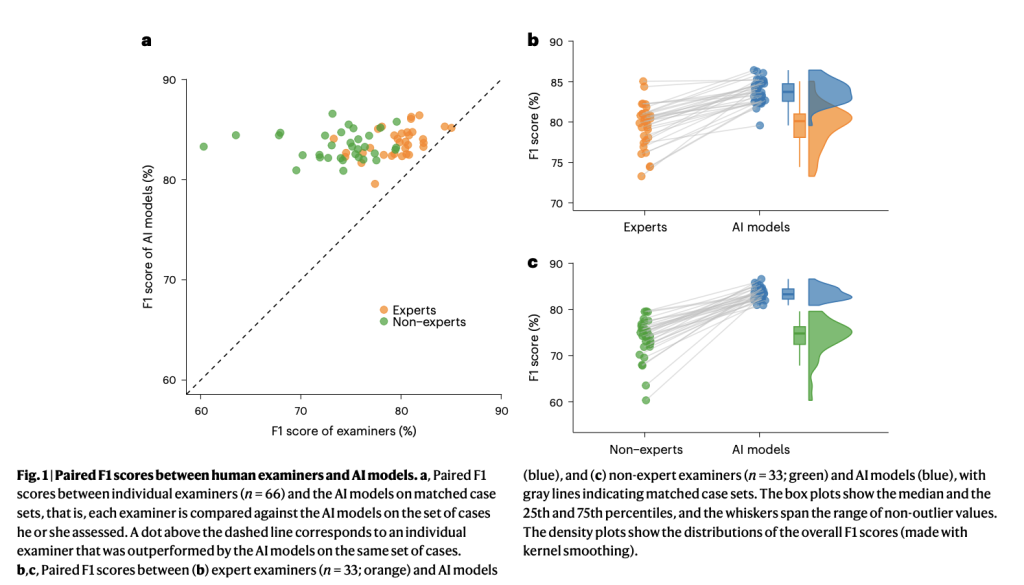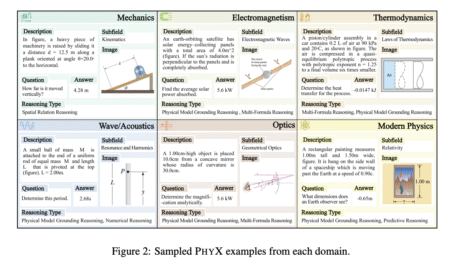

Ovarian lesions are frequently detected, often by chance, and managing them is crucial to avoid delayed diagnoses or unnecessary interventions. While transvaginal ultrasound is the primary diagnostic tool for distinguishing benign from malignant lesions, its accuracy heavily relies on the examiner’s expertise. A shortage of skilled ultrasound professionals exacerbates diagnostic delays, particularly as biopsies are generally contraindicated for ovarian tumors due to the risk of spreading malignancy. This shortfall puts a strain on healthcare systems, particularly in high-income countries.
AI-driven diagnostic support, especially using CNNs, shows potential for classifying ovarian lesions. However, a major limitation in medical AI research is the over-reliance on homogenous, retrospective datasets for training and validation, which often leads to poor generalizability across diverse clinical environments. Variability in patient populations, imaging protocols, and devices contributes to “domain shift,” affecting model performance on new data. Thorough external validation through large-scale multicenter studies is essential to ensure these AI tools are reliable and build trust for clinical application.
Researchers from Karolinska Institutet, Stockholm, Sweden, and international collaborators developed and validated transformer-based neural network models using 17,119 ultrasound images from 3,652 patients across 20 centers in eight countries. The leave-one-center-out cross-validation approach demonstrated the models’ robust generalization across diverse populations, ultrasound systems, and centers. The AI models surpassed expert and non-expert examiners in diagnostic metrics and, in simulated AI-assisted triage, reduced expert referrals by 63%. This highlights their potential to alleviate the shortage of skilled ultrasound examiners and enhance ovarian tumor diagnostic accuracy globally.
The study analyzed ultrasound images from 20 gynecological centers across eight countries, focusing on ovarian lesions. The dataset included 17,119 images from 3,652 cases, consisting of both malignant and benign lesions. Images were collected from multiple ultrasound systems, primarily GE. The study involved 66 human examiners, divided into experts (with at least 5 years of experience) and nonexperts, who assessed the lesions’ malignancy. The models were trained on this dataset using a transformer-based architecture, applying leave-one-center-out cross-validation. The study used various evaluation metrics to compare AI model performance with human assessments.
AI models outperformed expert and nonexpert human examiners in diagnosing ovarian lesions from ultrasound images. Trained using a large, diverse dataset across 20 centers in eight countries, the models demonstrated superior sensitivity and specificity to human examiners. They achieved an F1 score of 83.5% on unseen cases, surpassing experts (79.5%) and nonexperts (74.1%). The AI models consistently performed across different centers, ultrasound systems, and histological diagnoses, with robust results even in challenging cases. Additionally, the models exhibited excellent calibration, ensuring reliable predictions. Overall, AI-driven diagnostic support has the potential to enhance clinical accuracy and reduce human resource demands.
In conclusion, the study is the first to thoroughly explore AI models for distinguishing benign and malignant ovarian lesions in ultrasound images across multiple international centers, comparing their performance to human examiners. The results show that transformer-based AI models outperformed expert and non-expert examiners, demonstrating strong generalization across various systems, diagnoses, and patient populations. The AI models maintained high performance, even in uncertain cases, suggesting their potential for enhancing diagnostic accuracy and reducing reliance on expert referrals. Despite limitations like retrospective design, the study highlights the promising clinical applications of AI in ovarian cancer detection and triage workflows.
Check out the Paper. All credit for this research goes to the researchers of this project. Also, don’t forget to follow us on Twitter and join our Telegram Channel and LinkedIn Group. Don’t Forget to join our 60k+ ML SubReddit.
 FREE UPCOMING AI WEBINAR (JAN 15, 2025): Boost LLM Accuracy with Synthetic Data and Evaluation Intelligence–Join this webinar to gain actionable insights into boosting LLM model performance and accuracy while safeguarding data privacy.
FREE UPCOMING AI WEBINAR (JAN 15, 2025): Boost LLM Accuracy with Synthetic Data and Evaluation Intelligence–Join this webinar to gain actionable insights into boosting LLM model performance and accuracy while safeguarding data privacy.
The post Transformer-Based AI Models for Ovarian Lesion Diagnosis: Enhancing Accuracy and Reducing Expert Referral Dependence Across International Centers appeared first on MarkTechPost.
Source: Read MoreÂ




